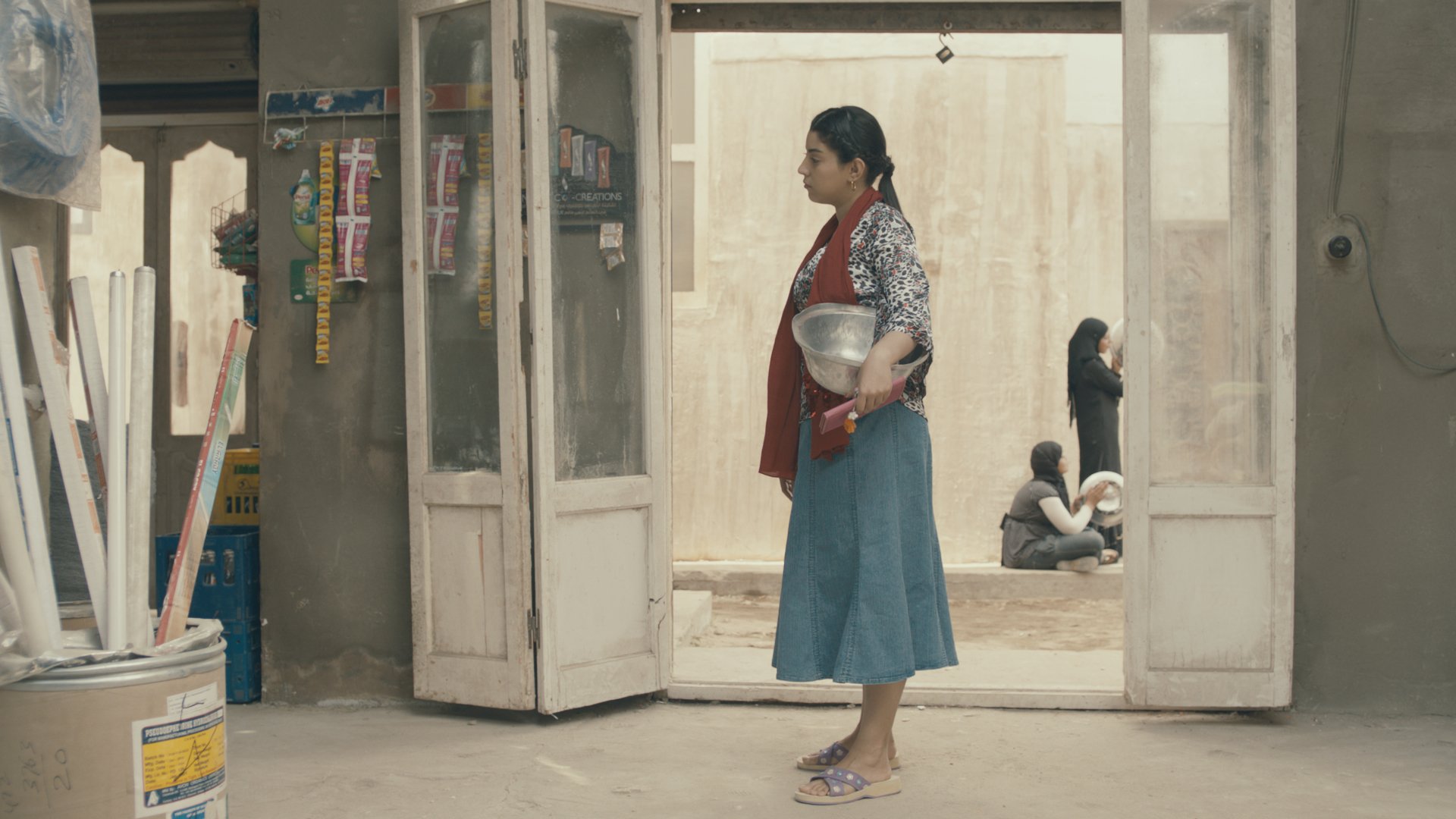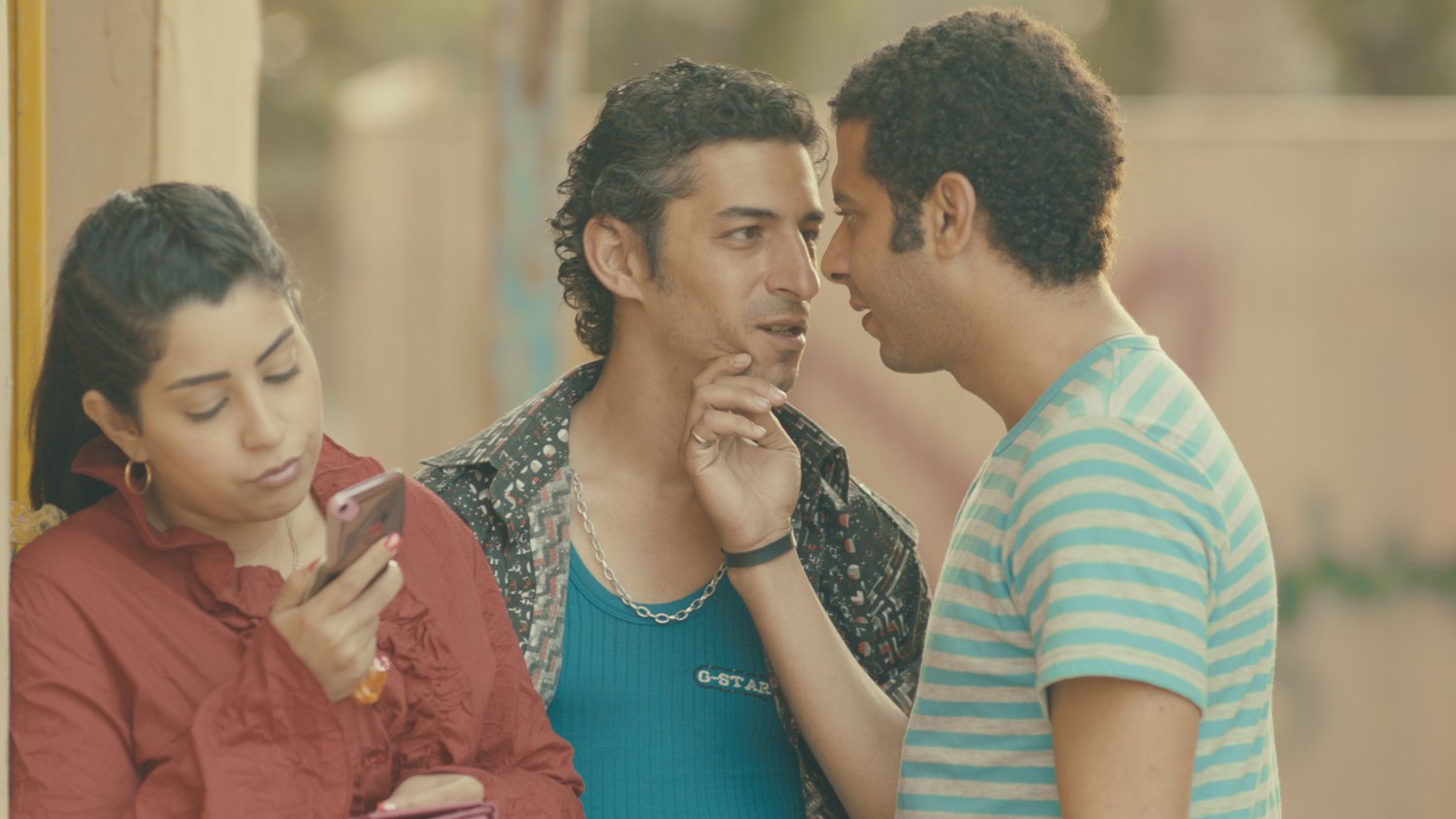Chaos by Design: Harag W'Marag (Chaos, Disorder)
Chaos, Disorder, Nadine Khan (2012)
Chaos, Disorder is the debut feature of Egyptian director Nadine Kahn. In interviews, Kahn professes to have drifted towards filmmaking after having failed to secure a place to study at art school. She can also be seen as simply continuing the family tradition: her father is the noted Egyptian director Mohamed Kahn. She has worked since the mid-2000s as an assistant director on a diverse range of feature films—from Egyptian drama The Aquarium (2008) to Moroccan director Nabil Ayouch's French-Canadian romantic drama Whatever Lola Wants (2007), to the Michael Bay blockbuster Transformers: Revenge of the Fallen (2009). In developing the screenplay for what would become Chaos, Disorder with co-writer Mohamed Nasser over a six year period, Khan faced the challenges experienced by many Arab filmmakers in fundraising and overcoming problems of censorship.
The film was eventually released in 2012, two years after the Arab Spring and the subsequent period of joyful optimism, political turmoil and conflict experienced by Egyptian society following the popular uprising that led to the downfall of the Mubarak regime. Chaos, Disorder secured a modest release in Egypt and proved a hit with festival audiences around the world, winning the Arab Film Competition's Jury Prize at the Dubai International Film Festival in 2012.
The film's narrative unfolds over one eventful week in a poor urban community on the outskirts of Cairo, where life revolves around the delivery of essential supplies, local gossip, neighborly disputes and the football matches that take place at the heart of the neighborhood. Two local wannabe bosses, Zaki (Mohamed Farrag) and Mounir (Ramsi Lehner), battle for the attention of Manal (Ayten Amer), the daughter of the grocery store owner and current boss of the neighborhood, Haj Sayyed. Their rivalry culminates in a football match which will decide who has the right to be with Manal. Around this central narrative orbits a series of sub-plots and intrigues in a screenplay that fizzes with energy and humor. The film's cinematography contains a similar inventiveness and energy, as Kahn and DoP Abdelsalam Moussa display a rare talent for immersing the viewer inside the crowds that gather in expectation of delivery trucks and the makeshift football pitch.
Chaos, Disorder begins at night in an undisclosed location. A medium-shot tracks two young boys holding a rifle. The shot is framed from the neck down, as if to hide the boys' identity. As they walk side by side, the boys casually discuss who their next 'target' will be: a man called Tok Tok and the pigeons belonging to another as yet unknown character, Umm Ghada. After a stylized black-and-white credit sequence that replicates the pixilated blocks and angles of early 1980s computer graphics, we arrive at dawn on a misty rubbish dump as three male characters sift through a mass of plastic bottles, searching for something more valuable.
If we are expecting this opening sequence to act as a dramatic springboard for the action to follow, we will be disappointed. The two boys play a minor role in the film; Tok Tok and Umm Ghada are also secondary characters and their conversation seems to bears no relevance to the men sifting through items on the rubbish dump. Why, then, does the director open the film by sending us up this blind alley? In one sense, the scene is a prelude: warning us spectators intent on looking for a clear explanation for the actions and social interactions of characters in the film to follow, that we will not get very far. We must, instead, work as an audience to decipher the meaning behind Nadine Kahn's social fantasy, described by Jay Weissberg in his review for Variety as "a lab experiment in which researchers study the effects of isolation and domination," and not always settle for the most obvious explanation.
By way of example, while on one level Chaos, Disorder can be read as an allegory of the social turmoil that followed the mass protests and popular uprising of January 2011, the first idea for project actually came five years earlier, when Kahn was working as an AD on a film being shot in a Lebanese refugee camp. After years spent financing and developing the script, a limited number of interior scenes of Chaos, Disorder were shot in 2010 and an original version of the screenplay was presented to the Egyptian authorities in the same year, when Hosni Mubarak was still in power. The film was rejected by censors at that time, who were presumably concerned about the screenplay's focus on a poor, working-class neighborhood where simmering resentment builds, especially among the young, as a result of limited opportunities and a reliance on handouts of basic supplies (water, food, gas) that arrive on specific days of the week.
The film eventually returned to production in 2011, after the fall of the Mubarak regime. Chaos, Disorder's narrative is therefore just as concerned with the ongoing subservience of a working-class community who remain unhappy with conditions imposed on them by an unseen regime but struggle to find any solution beyond their current predicament. As is often the case with the chaotic but potentially limitless possibilities brought about by radical social change, such realities were occurring in Egypt in 2011. Pacified by handouts, the distraction of video games and the temporary excitement of local football matches, the inhabitants of Chaos, Disorder settle for the status quo, seeming unwilling or unable to consider what lies beyond the horizons of their neighborhood.
Chaos, Disorder, Nadine Khan (2012)


